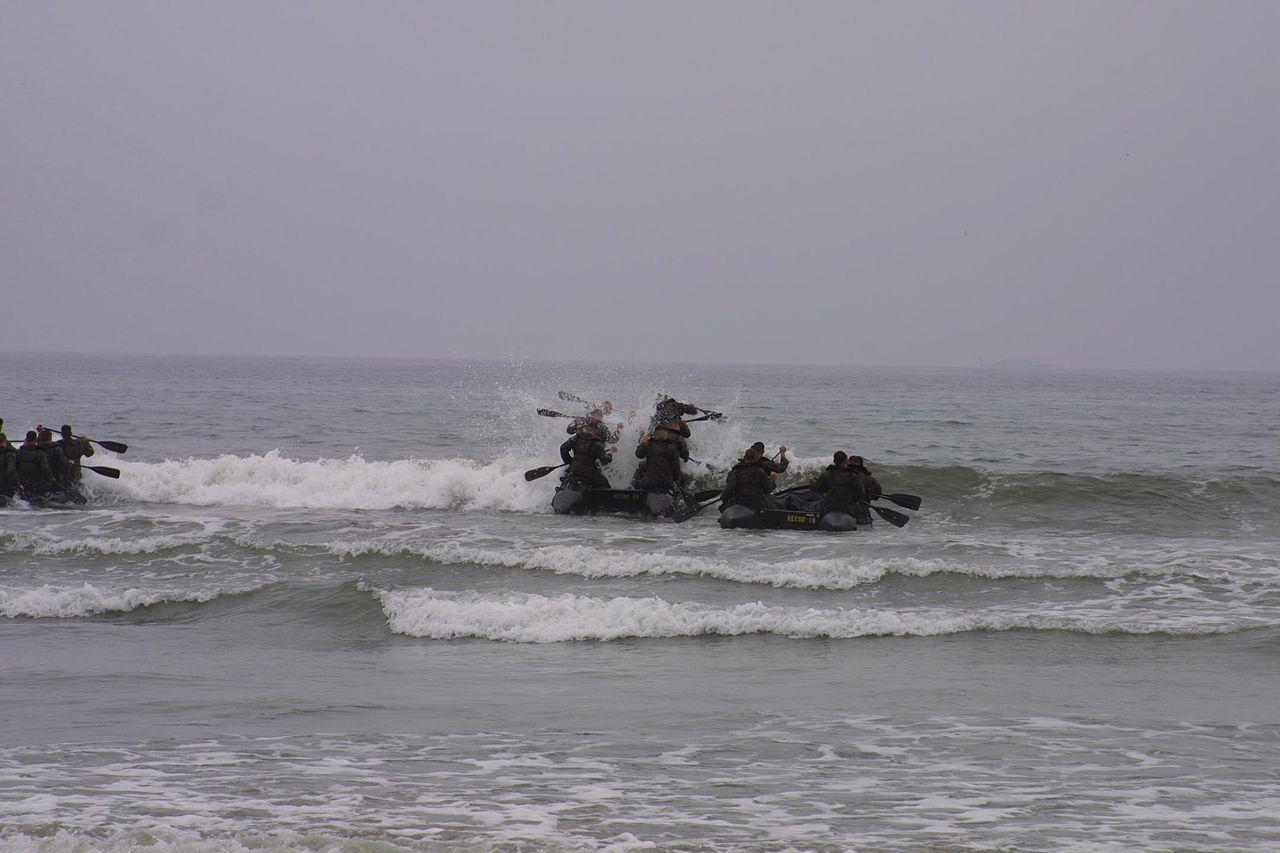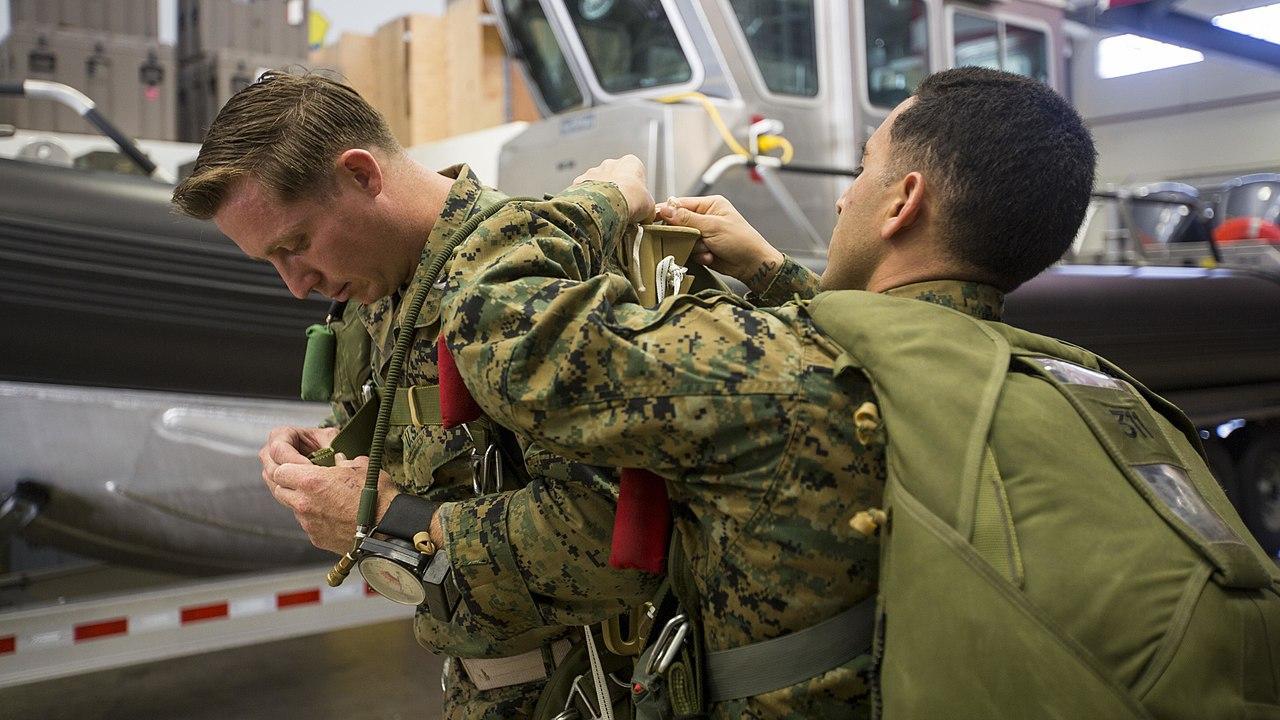Often abbreviated as Force Recon or even FORECON, the US Marine Corps Force Reconnaissance special operations, among the top U.S. special forces teams, provide some aspects regarding military intelligence to the command sector of their Marine Air-Ground Task Force, supporting their force commanders as well as their subordinate operating units, the Fleet Marine Force (FMF).
Missions
The FORECON does both deep reconnaissance and direct action missions. However, most immediate action operations are now under MARSOC – the US Marine Special Operations Command and their Marine Special Operations Team (MSOT). This change in responsibility freed Force Recon to place most of their focus on their intelligence-gathering missions.

The FORECON operates autonomously behind enemy lines, often performing special missions that support conventional warfare. They receive land, sea, and air training for insertion and extraction missions like the Navy SEALs. Their focus generally remains primarily on supporting Marine operations.
They are trained to conduct deep reconnaissance, more profound than the Marine Division Recon Battalion, which belongs to the division. They are also trained in direct action, close-quarters combat, breaching, etc., and have unique insertion and extraction skills (static-line parachuting, freefall, SCUBA, etc.).
The FORECON has two different types of missions: Green operations and Black operations.
Green Operations
In this case, Green operations involve the collection of vital intelligence using both amphibious and ground reconnaissance. The FORECON often travel deep into enemy territory far beyond any artillery or gunfire support, so their safety greatly depends on their ability to move about undetected. If even one round is fired, the mission is unsuccessful and could lead to casualties.
Black Operations
Their black operations require direct action. Unlike the green operations that scout to locate potential problems, black operations require direct action (DA) and are almost always carried out within fire support. Close air support is one vital skill often exercised in a direct action mission. They also provide protection – or Personal Security Detail – for essential personnel, known as VIPs.
Training and selection
There’s only one pipeline into the Recon community. Attend Basic Reconnaissance Course. After that, you might consider it the FORECON training.

Basic Requirements
- Be a U.S. citizen.
- Score 105 or higher on the G.T. portion of the ASVAB.
- Possess a 1st class swimmer qualification.
- Obtain a first-class score on the PFT.
- Have 20/200 near visual acuity or visual acuity not to exceed 20/400 with a completed PRK eye surgery. Normal color vision is recommended but not required, provided the Marine can complete a vivid red and vivid green recognition test.
- Complete Marine Rifleman Course.
- Assigned as a primary Military Occupational Specialty to entry-level Marines and obtain a manager-approved lateral-move.
- Marines who graduate from the Basic Reconnaissance Course (BRC).
- Volunteers from any MOS may be certified for AMOS only by Recon unit commanders after attending the SRC or through MOJT at a BRC endorsed unit-training program to include six months in a MOS 0321 billet.
- Be eligible for a secret security clearance.
- Be selected for and graduate from the Marine Special Operations School (MSOS).
Training
Their training has several phases. Within each phase, the nominee is specially trained as an individual and as a unit in recon and surveillance and combatant diving. They also must complete several programs, including a Basic Airborne Course, Multi-Mission Parachute Course, and Scout Sniper Course. The FORECON candidates also receive six months’ training in Special Operations. Once certified, they go into a six-month deployment phase.
This is but a brief overview highlighting a few of the many detailed tasks and missions of FORECONs highly trained soldiers. The US Marine Corps Force Reconnaissance is an incredible group of specialized Marines whose motto is “Swift, silent, deadly.” Their dedication and sacrifice to their country are fantastic.
